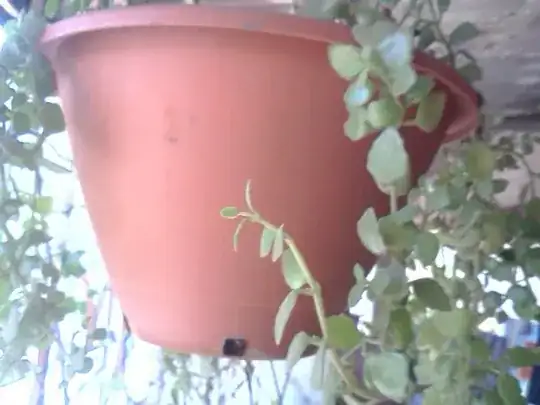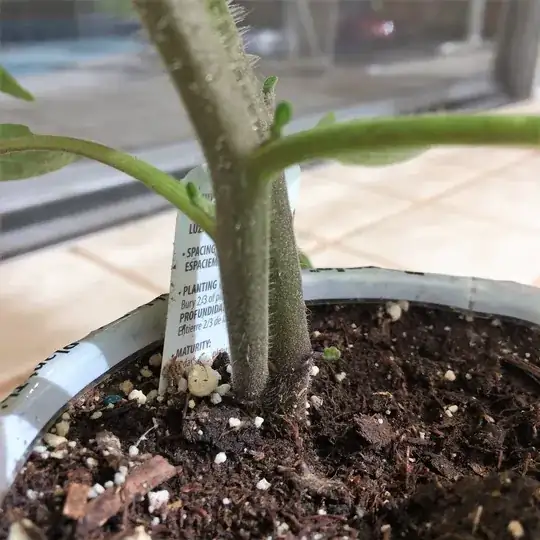From my observations and experience, most of the time you can expect smaller fruits and less production from two all-season tomato plants in the same location in the ground than you can from one tomato plant by itself.
I'm not sure if the answer is the same for tomatoes that are kept in containers as their final destination. I'm also not sure about determinate tomatoes that only fruit once and die. How you fertilize might also affect the answer. (My experience is without much fertilization.)
Anyway, it's possible that the variety is one that does well with two plants in the same spot, especially since you purchased the plants this way. Vendors seem to do things the way they do them for a good reason, usually. Asking the vendor their reasoning may be a good idea. You might email or call the company. I'm not sure that a customer service representative will know their methodology, though.
Your two plants seem to be the same size. That's a good sign (one plant doesn't seem to be dominating the other, anyway). Some varieties might do fine with two plants in one spot (and I'm pretty sure if one were dominating then it wouldn't be one of those varieties). However, there's no guarantee that you have a variety that does fine with two plants in one spot, just because one isn't dominating.
FYI: I have a hypothesis that tomatoes can be acclimatized over the generations to producing better with two or more plants in the same spot. I'm in the process of testing it with Pruden's Purple.
FYI: Watermelons and muskmelons rarely seem to be bothered by having multiple plants in the same spot (I think there are some varieties that aren't used to it, though). So, what's true for one species may not be true for another.
I wonder if your plants are indeed two separate plants or not (maybe they're just the same plant buried deeper).
Anyway, doing one plant per pot is probably the best idea, unless there's something special about the tomatoes. I would only be very concerned about dividing the roots up if soil diseases are a significant problem in your area or if they're in your soil.
If you want to divide the roots up, you can take the plants out, massage the soil to loosen it, and carefully pull the two plants' roots apart (gently pull a little and stop and pull a little and stop, until they come apart). They can sometimes come apart without much, if any, ripping, that way. Just cutting them should be fine though. Then transplant them into their own pots.
I wouldn't disturb the roots if you're not going to give them their own pots, though. I would just keep them as is and put them in the bigger pot.
If you don't want to disturb the roots, and you don't want two plants in one pot, then you could always cull one plant. However, I don't recommend that, as it's a waste of a good plant. What you can do instead is get some scissors and cut one plant off just below the soil level (so you get some roots on it, but you don't disturb the roots of the other plant at all). Even one root makes a big difference (although it's not hard to root cuttings from scratch). Then you can transplant the plant you cut off, and have an undisturbed plant, too.
Tomatoes aren't as bothered by disturbed roots as many other plants are. Just make sure it's not super sunny while you're doing it. Sun can wither, stunt and/or kill plants with disturbed roots.
Keep nitrogen fertilizer away from recovering plants until they've fully recovered. Excess nitrogen increases the symptoms of transplant shock, and it's not good for the roots.

